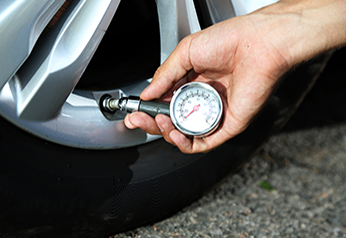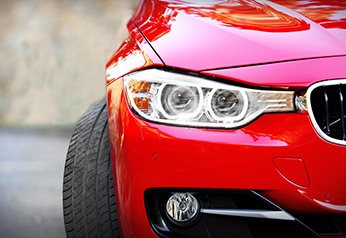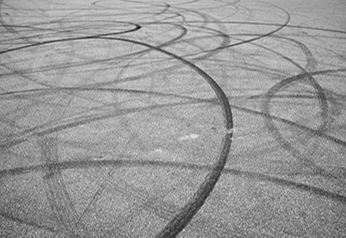
August 24, 2022
Your Complete Guide to Low-Profile Tyres
Automobile technology goes hand in hand with tyre technology. When one evolves, so does the other. Vehicles and tyres must be compatible for you to enjoy a safe and optimal ride.
A popular tyre innovation that has withstood the test of time are low-profile tyres. Starting from the 1920s, manufacturers have steadily downgraded tyre size. But in the 1970s, Pirelli introduced an even smaller tyre–the first low-profile tyre on the race track. A few years later, high-performance BMW and Porsche cars began using low-profile tyres on the road.
Until today, low-profile tyres have retained their appeal. They have gone from exclusively fitting race and prestige sports cars to infiltrating the mid-class vehicle market. The main reason why they are such a hit? Because they look good!
Also read: Your Complete Guide to Different Tyre Types
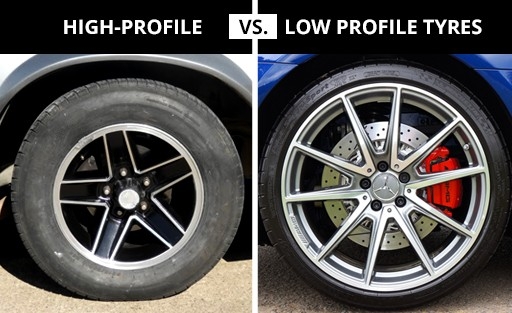
What are Low-Profile Tyres?
The profile of a tyre depends on the height of its sidewall or the part of the tyre on its side, above your wheel, that's smooth and does not have grooves or blocks. A low-profile tyre has a shorter sidewall, making the rubber look thinner against the rim.
Here are the other traits that distinguish this tyre:
• Aspect ratio
Look at the string of numbers and letters on your tyre's sidewall. While the first number indicates your tyre width in millimetres, the following number is its aspect ratio. This is the height of the tyre from the rim to the tread in relation to the tyre width. If the value is 70, the tyre's height is 70% of its width. Typically an aspect ratio of 55% and less indicates a low-profile tyre.
Also read: Tyre Number Meanings Explained in Full
• Larger tread blocks
Because low-profile tyres offer high performance, they have larger tread blocks or raised rubber segments that enhance grip and traction.
• Stiffer sidewalls
Low-profile tyres have stiff sidewalls to compensate for their lack of height. This feature helps avoid tyre deformation, punctures, and damage while letting your vehicle quickly respond to your steering and braking demands.
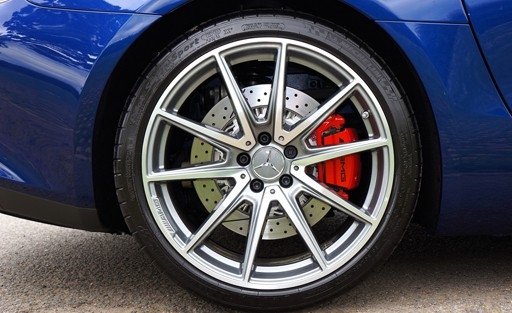
The Pros and Cons of Low-Profile Tyres
If budget is your priority, we're telling you now that low-profile tyres are priced more than standard tyres. These smaller tyres may have less rubber, but they have a more sophisticated construction suited for high-performance cars. Read more about the pros and cons of using low-profile tyres.
What to Appreciate
• Quick steering response
Because of their shorter sidewalls and bigger tread blocks, low-profile tyres make consistent contact with the ground, boosting steering response.
• Efficient cornering
Stiff sidewalls let low-profile tyres flex less even if you're making sharp turns, ensuring stability even at high speeds. Additionally, low-profile tyres tend to have higher speed ratings which work best with a compatible suspension setup.
• Strong grip and shorter braking
The large tread blocks "bite" the terrain, enhancing the tyres' ability to roll on them. With their increased tread footprint, low-profile tyres can brake at shorter distances—crucial in avoiding accidents when you're driving fast.
• More fuel economy
Because of their short and stiff sidewalls and basic tread pattern, low-profile tyres have less rolling resistance, which improves fuel efficiency.
Also read: 8 Ways You Can Save on Gas With the Right Tyres
• Sporty Styling
There's something about low-profile tyres that instantly give your ride a sporty look. With its wide wheels and lowered stance, your vehicle gets a fresh appearance minus a significant overhaul.
What to hate:
• At risk for damage and wear
Though manufacturers have been coming up with innovative designs and compounds for modern low-profile tyres, they are still more prone to damage than standard tyres. Because of their thinner sidewalls, low-profile tyres deflate faster when punctured. With less rubber also comes less protection for the wheels.
• More road noise
Low-profile tyres make more contact with the ground, which creates more noise while driving. A wider footprint means more air flowing through the tread, boosting noise levels. However, manufacturers try to resolve this with softer tyre compounds and varying tread patterns.
• Stiffer ride
The rubber helps absorb road impact, so with the low-profile tyres' shorter sidewalls, there is less shock absorption. That's why it's crucial to modify your suspension system when using these tyres.
• Limited drives
Low-profile tyres work best on smooth, sealed roads. If you're driving on rough terrain, you will only subject them to rigours beyond their abilities. Plus, you'll be wreaking havoc on your suspension.
Best Low-Profile Tyre Brands and Patterns
From the P ZERO range comes quality high-performance OEM (original equipment manufacturer) tyres for prestigious brands such as Ferrari, Porsche, and Lamborghini. Pirelli's extensive motorsport experience guarantees the P ZERO's excellent braking and handling performance.
This high-performance summer tyre line boasts durability, enhanced tyre life, and excellent grip. You'll enjoy both safety and speed with these tyres' precise handling.
This tyre displays superb wet weather performance, thanks to its tread ribs that efficiently drain water. Its tread compound enhanced with silica and carbon black improves braking and acceleration.
If you value all-season performance, get these tyres that display wet and dry competence without compromising traction and steering responsiveness. It even promises snow and ice traction.
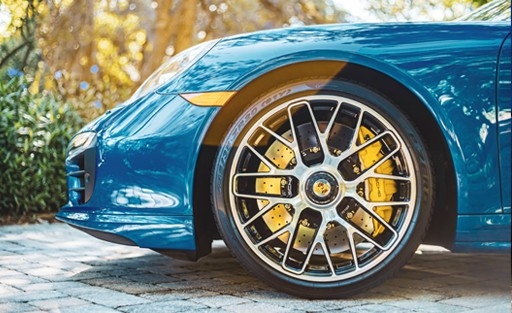
Tyroola's Fun FAQS
1. How do I maintain low-profile tyres?
To protect low-profile tyres from premature wear, keep them properly inflated. Don't overload your vehicle to ease the rubber's pressure on the road. Check the tyre's sidewall or your owner's manual to know your vehicle's speed and load rating. Be kind to your tyres by slowing down before navigating turns and braking.
Also read: Your Guide to Wheels: Rim Width, Fitment, Offset and More!
2. What should I do when switching to low-profile tyres?
If your car didn't come initially with low-profile tyres, you would also need to change your wheels. This practice ensures that the rolling diameter stays the same. If the overall rolling diameter is smaller, your tyre will need to spin faster to keep up, affecting your odometer and speedometer. Check if you need to upgrade your suspension. It's also important to know if your new tyres and wheels follow your state's guidelines.
Use our Tyre Size Calculator to discover alternative tyres based on your rim size!
3. Can I fit low-profile tyres on my all-terrain vehicle?
In reality, low-profile tyres are not meant for rough rides. But if you want to boost the appearance of your SUV or light truck without conquering super-rugged trails, then go ahead and fit these tyres. The good news is you can still do light off-roading with low-profile, all-terrain tyres while enjoying their strong braking ability on the pavement.
Also read: 4WD Driving and Tyre Tips: Navigate Australia's Terrains in Safety and Style
4. Should I switch to low-profile tyres?
Aside from checking their pros and cons, it would help to consider your driving conditions. If you're sticking to sealed roads, then low-profile tyres are a good choice. But if you're driving on a variety of surfaces? Best to go for standard tyres.
Buy Low-Profile Tyres at Affordable Prices
Browse through our wide selection of tyre sizes to get the best deals and prices. Our Price Match Guarantee lets you buy at the cheapest prices online. Found an online price for the exact tyre that's cheaper than ours? Tell us about it, and we'll beat it! So, start entering your tyre size or rego to find the best tyres for your ride.
Explore our blog and guides for more tips!
